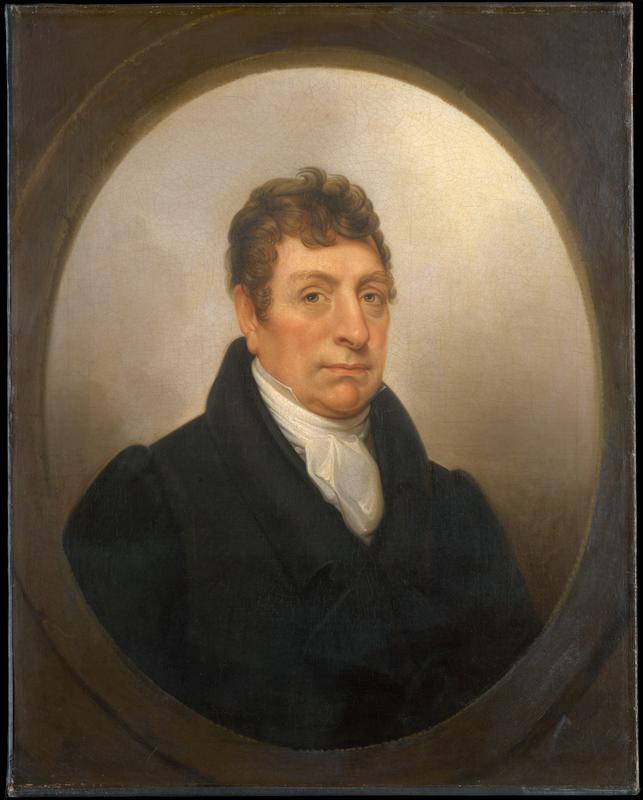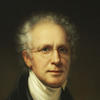More about The Marquis de Lafayette
- All
- Info
- Shop

Sr. Contributor
With a full name like Marie Joseph Paul Yves Roche Gilbert du Motier, it’s no wonder that this famous Frenchman is remembered simply as the Marquis de Lafayette.
Played by the inimitable Daveed Diggs in Lin-Manuel Miranda’s insanely popular musical Hamilton, the Marquis de Lafayette was bros with the other American heroes in the play, including Alexander Hamilton, John Laurens, and Hercules Mulligan. Because Hamilton is really the focus of the musical, many of the finer details of the Marquis de Lafayette’s life get left out, which is a shame because his life is fascinating!
The Marquis de Lafayette was a French aristocrat who joined in on the quest for American freedom from British rule. He first learned of the American Revolution from none other than King George III’s younger brother, the Duke of Gloucester. After the outbreak of the Revolution, King George and the Duke of Gloucester were fighting because the King did not approve of the woman whom the Duke had chosen to marry. I guess older siblings have always been controlling. At the time of this brotherly squabble, the Marquis de Lafayette happened to meet the Duke of Gloucester at a dinner party, where he was openly supporting the American insurrection against British rule. Upon hearing this, the Marquis jumped at the chance to kick some British butt. You see, the Marquis had a personal and deeply-rooted hatred for the British. His father died in 1759 serving for the French in the Seven Years’ War.
When I was 19 years old, I was a sophomore in college and taking naps in between classes. When the Marquis de Lafayette was 19, he decided to travel to America to fight for the revolutionary cause. And while millennials can’t get a job without 5 years’ experience, the Marquis de Lafayette talked his way into serving as a major general with literally zero experience. It’s a good thing that he did, though. Despite his French roots, the Marquis de Lafayette is now known as an American war hero. The Marquis also became so close with George Washington during the war that he named his only son after the American president.
Even after the end of the American Revolution, the Marquis de Lafayette remained committed to the pursuit of liberty and equality. After Americans proved that they could rise up against the powers that be and actually win, the revolutionary bug hit France and instigated the French Revolution in 1789. As with any good revolution, there has to be a new document asserting the rights of the people. The United States had the Declaration of Independence, so the French wrote the Declaration of the Rights of Man and the Citizen. Having gained some experience with revolutions at this point, the Marquis de Lafayette worked alongside Thomas Jefferson to write the controversial document.
Rembrandt Peale painted this portrait of the Marquis de Lafayette to commemorate his year-long return to the tour the United States in 1824. When the Marquis died ten years later in 1834, his body was buried in France, but not without an ode to his American service. His son, Georges Washington de Lafayette, used soil from Bunker Hill to bury his father’s coffin. American AF.
Sources
- Gardner, Albert TenEyck, and Stuart P. Feld. American Paintings: A Catalogue of the Collection of The Metropolitan Museum of Art, Vol. 1, Painters Born by 1815. New York: The Metropolitan Museum of Art, 1965.
- History.com. “French Revolution.” 2009. http://www.history.com/topics/french-revolution. Accessed July 12, 2017.
- Klein, Christopher. “10 Things You May Not Know About the Marquis de Lafayette.” History.com. http://www.history.com/news/10-things-you-may-not-know-about-the-marqui…. Accessed July 5, 2017.
- Marquis de Lafayette. Hamilton Wiki. http://hamiltonmusical.wikia.com/wiki/Marquis_de_Lafayette. Accessed July 5, 2017.
- The Metropolitan Museum of Art. The Marquis de Lafayette. http://www.metmuseum.org/art/collection/search/11742. Accessed July 5, 2017.












